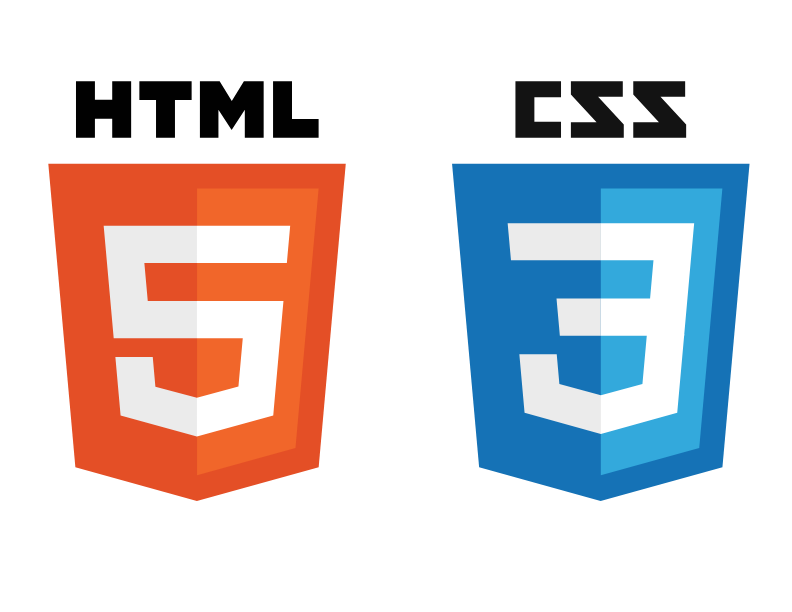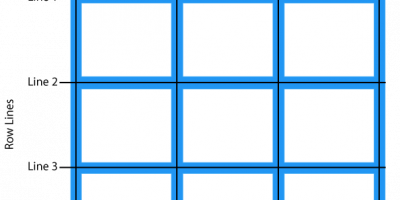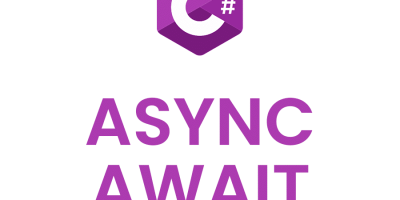HTML (HyperText Markup Language) is the foundation of web development. It structures the content of web pages and defines elements like headings, paragraphs, images, and links. If you’re a beginner, this tutorial will help you understand the basics of HTML and how to create a simple web page.
What is HTML?
HTML is a markup language used to create the structure of a web page. It uses tags to tell the browser how to display content like text, images, and links. HTML is not a programming language, but it’s a foundational language in web development.
Basic HTML Structure
A basic HTML document has a specific structure. Let’s look at the most common tags used in a simple HTML page:
<!DOCTYPE html>
<html>
<head>
<title>My First Webpage</title>
</head>
<body>
<h1>Welcome to My Website</h1>
<p>This is my first web page using HTML!</p>
</body>
</html>Explanation of the code:
<!DOCTYPE html>: This tells the browser what version of HTML is being used.<html>: The root element that encloses all HTML code.<head>: Contains meta-information about the document, such as the page title.<title>: The title of the web page, displayed on the browser tab.<body>: Contains all the visible content on the web page.<h1>: A heading tag. In this case, it’s the largest heading.<p>: A paragraph tag that defines a block of text.
HTML Tags and Elements
HTML is made up of tags that usually come in pairs: an opening tag and a closing tag. Tags are enclosed in angle brackets <>. For example, the <p> tag creates a paragraph:
<p>This is a paragraph.</p>Here’s a breakdown of some basic HTML tags:
| Tag | Description |
|---|---|
<h1> to <h6> | Headings, where <h1> is the largest and <h6> is the smallest. |
<p> | Paragraph tag, used for regular text. |
<a> | Anchor tag, used to create hyperlinks. |
<img> | Image tag, used to display images. |
<ul> and <li> | Unordered list and list items. |
<div> | Division tag, used to group elements. |
Adding Text
Headings and paragraphs are fundamental in HTML. Here’s how you add headings and text:
<h1>This is a Main Heading</h1>
<h2>This is a Subheading</h2>
<p>This is a paragraph that introduces the content of the page.</p>Creating Links
You can add hyperlinks to your page using the <a> (anchor) tag. The href attribute defines the URL where the link points to.
<a href="https://www.example.com">Visit Example Website</a>In this example, the text “Visit Example Website” will be clickable, and clicking it will take you to example.com.
Adding Images
To display images on your webpage, use the <img> tag. The src attribute specifies the path to the image, and alt provides an alternative text description:
<img src="image.jpg" alt="A beautiful landscape">src: The URL or path to the image.alt: Describes the image for screen readers and displays text if the image fails to load.
Creating Lists
HTML allows you to create two types of lists: unordered lists (with bullet points) and ordered lists (with numbers).
Unordered List:
<ul>
<li>Item 1</li>
<li>Item 2</li>
<li>Item 3</li>
</ul>Ordered List:
<ol>
<li>Step 1</li>
<li>Step 2</li>
<li>Step 3</li>
</ol>HTML Attributes
Attributes provide additional information about HTML elements. They are always included in the opening tag and usually come in name-value pairs, like href="https://example.com". Some common attributes include:
id: Provides a unique identifier for an element.class: Specifies a class name for styling multiple elements.src: For images, defines the source file.alt: Describes the image for accessibility purposes.
Example: A Simple Web Page
Here’s a complete example of a simple webpage that includes a heading, paragraph, image, and a link:
<!DOCTYPE html>
<html>
<head>
<title>My Simple Web Page</title>
</head>
<body>
<h1>Welcome to My First Website</h1>
<p>This is a paragraph introducing my website. I'm learning HTML, and it's fun!</p>
<img src="landscape.jpg" alt="A scenic view of mountains">
<p>To learn more about HTML, visit <a href="https://www.w3schools.com/html/">W3Schools HTML Tutorial</a>.</p>
</body>
</html>Useful HTML Tools for Beginners
- W3Schools HTML Tutorial: A comprehensive resource for learning HTML.
- MDN Web Docs – HTML: Provides in-depth explanations and reference material for HTML.
- CodePen: A tool to practice HTML, CSS, and JavaScript in real-time.
Conclusion
HTML is the foundation of web development and learning it is the first step towards building websites. Once you are comfortable with HTML, you can start learning CSS to style your web pages and JavaScript to add interactivity. Keep practicing by building simple web pages, and as you gain confidence, you can create more complex layouts and applications.




Leave a Reply